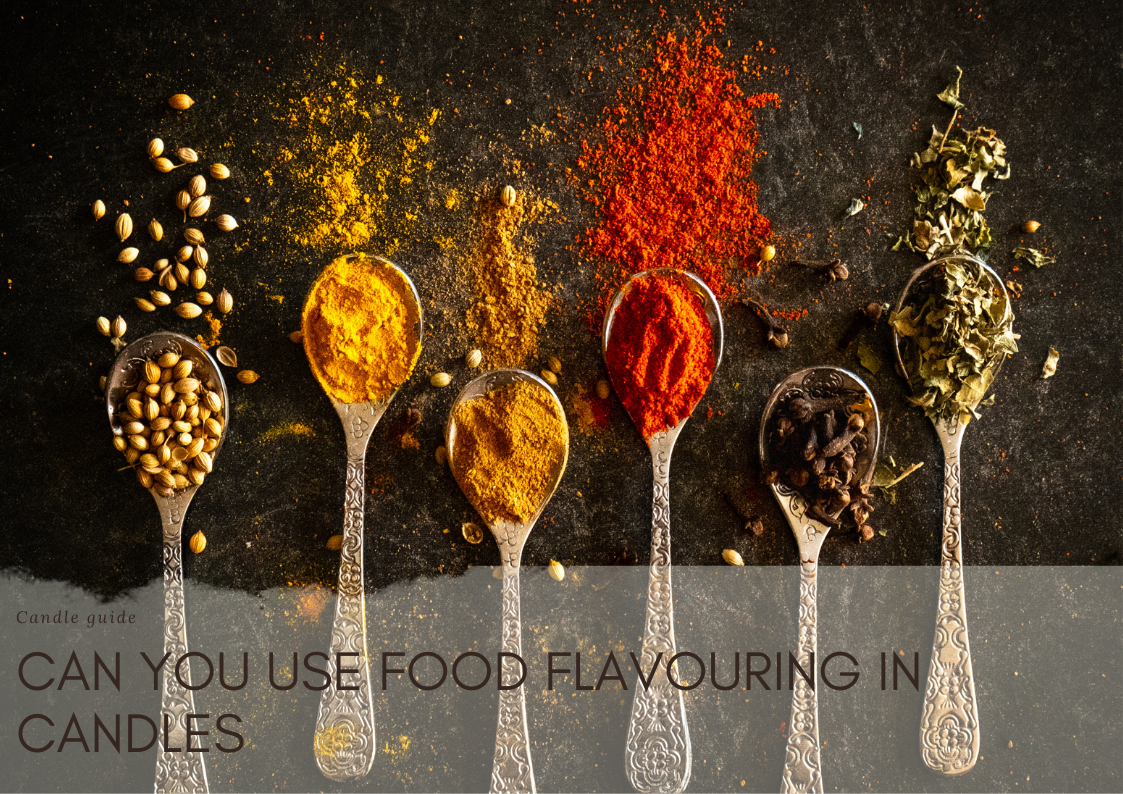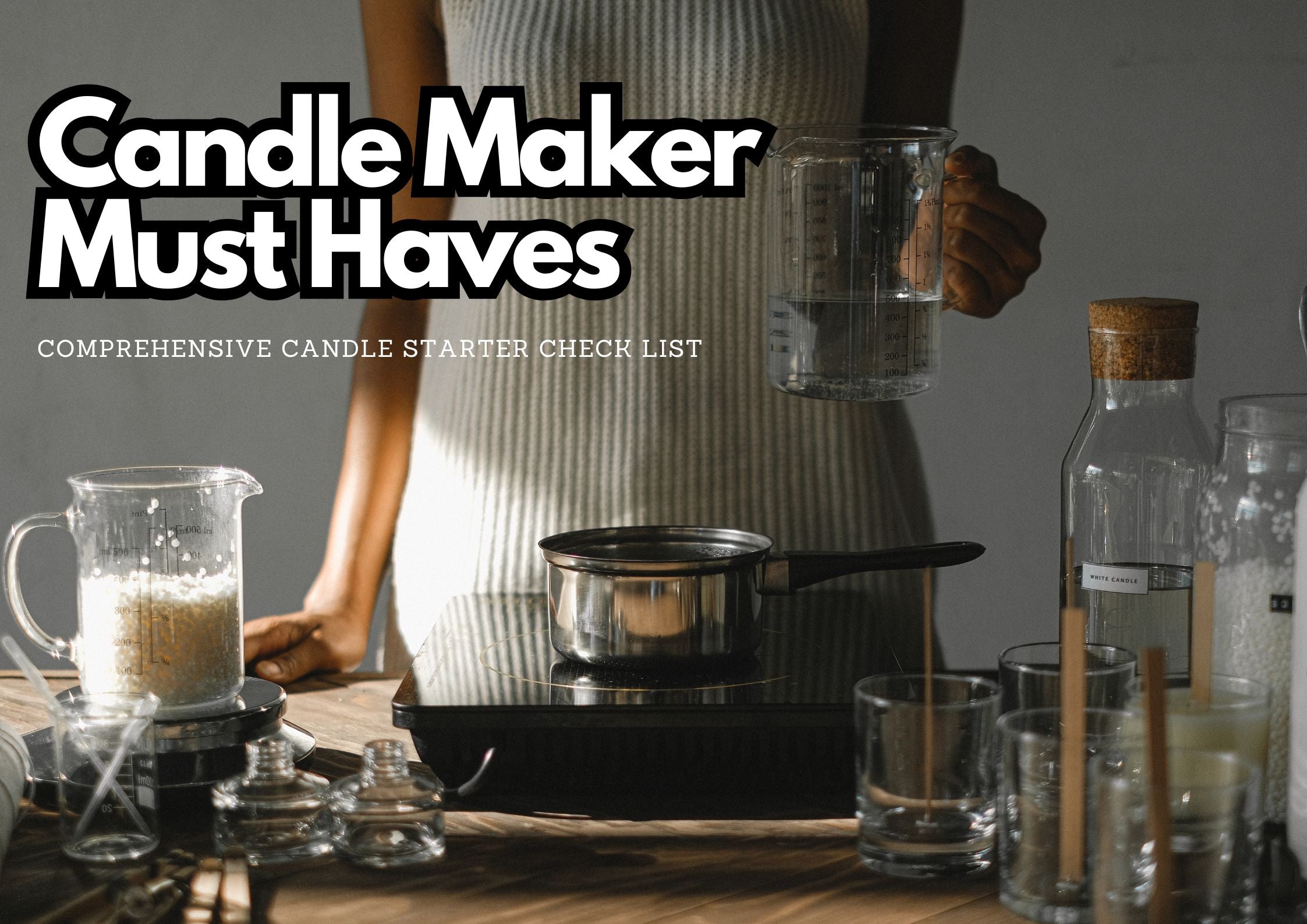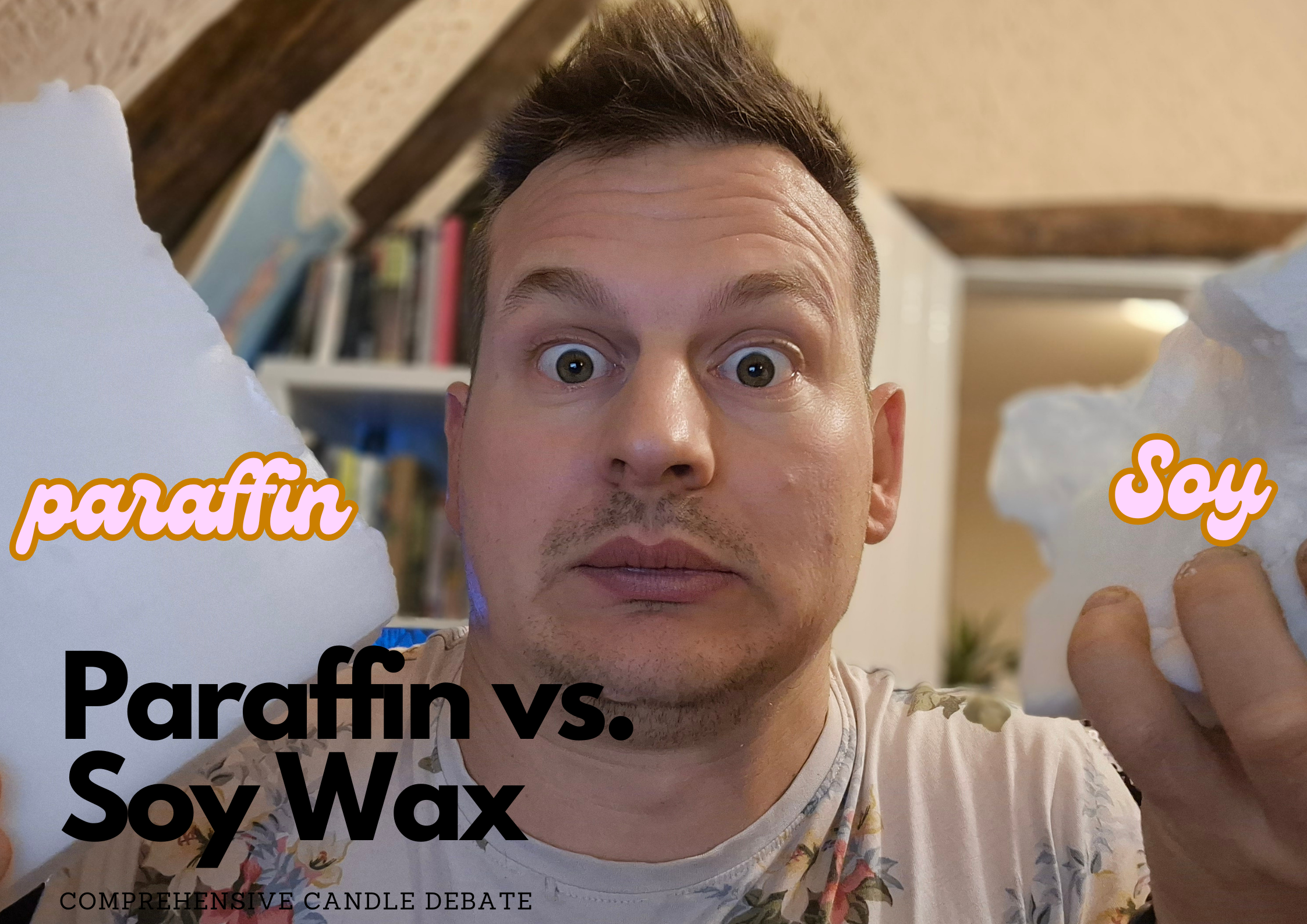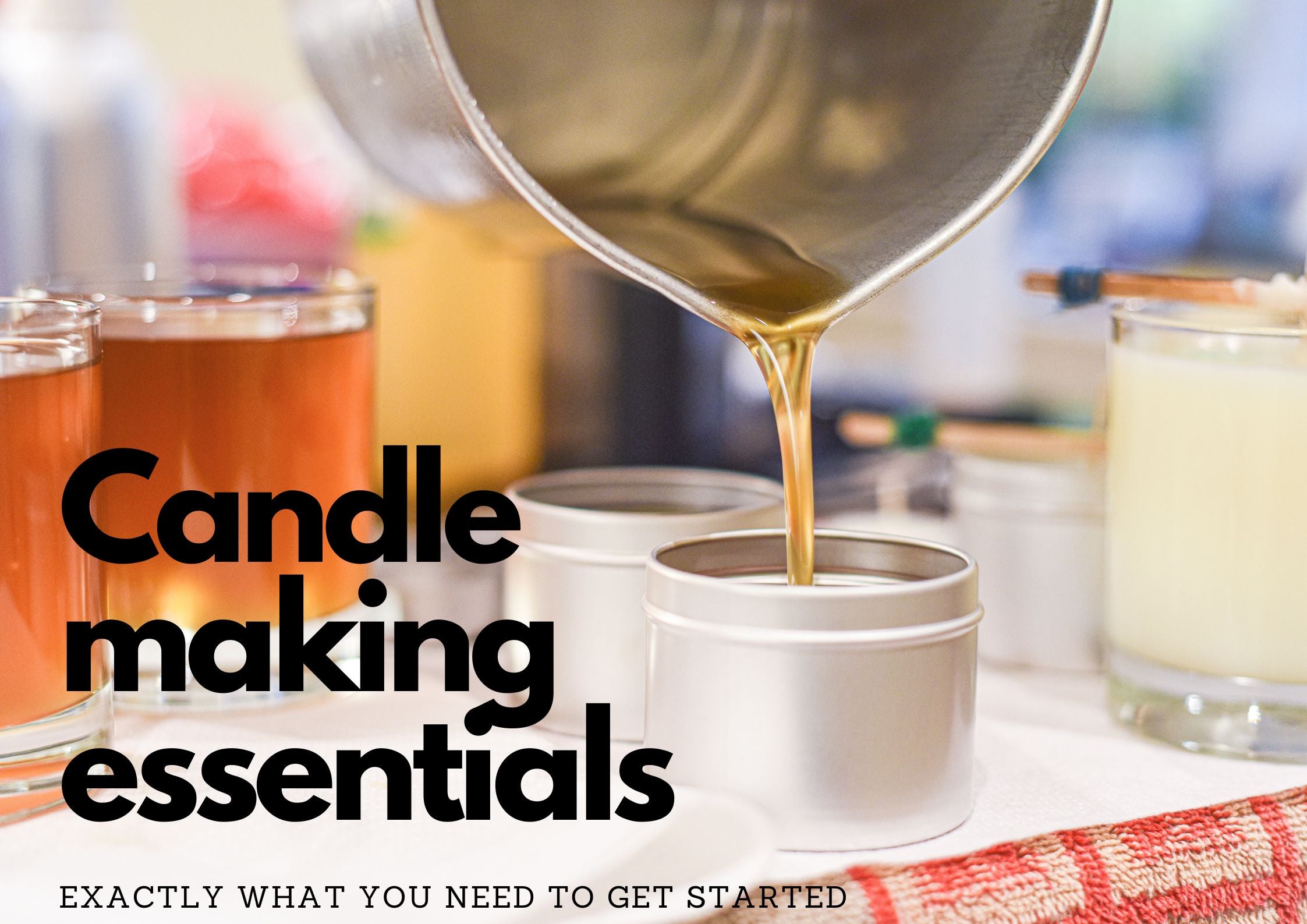Can You Use Food Flavouring in Candles
Aug 27 , 2022
While candles may no longer be man's primary light source, they are more popular than ever. Symbolising celebration and signifying romance, candles help soothe the senses, act as an accent in home décor, and change the ambience of any setting, indoor or outdoor. Thus, it's no surprise that more and more people are now developing a passion for candle making.
Suppose you've forgotten to buy dye for your candles and are debating a trip to the craft store. In that case, it makes sense if you're debating using the food colouring you already have in your kitchen cabinets. Food colouring is a great way to dye your candles, but not when they are in liquid form. Liquid food colourings are usually water-based, meaning they will not mix together, especially as waxes like paraffin are oil-based.
Powdered, paste or gel forms of food colouring can most definitely be used to dye your candles, especially as they are also usually oil-based, making them easy to mix into your candles. Make sure you add a tiny bit of these colourings, as they are highly pigmented, to your wax when liquid and mix until the dye is completely dissolved. You can add more colour to your wax if you want a more vibrant colour. However, you must note that these are only temporary solutions and should only be used when needed.
You can also use food flavouring to add a delicious scent to your candles. While pre-made fragrance oils are more convenient, making your own fragrance oils to create your own candle scents can be infinitely more satisfying. Making homemade scented oils is a relatively passive process, with certain foods making better scents than others. Using herbs and spices with a robust and insistent smell can permeate your oils better, creating fragrance oils that are lovely and can be used for more than just candle making.
To make your own fragrance oils, a carrier oil is necessary. A carrier oil retains and absorbs the aroma of the food you place in it. These oils are almost always plant-based, with virtually no scent or discernible colour. Oils like olive, sesame, almond and canola are good carrier oils to consider. Herbs and spices with permeating solid aromas are the easiest for making fragrance oils. Flowers and citrus fruits are also good options. Consider mixing together a few foods to create a fragrance that is unique to you.
A process called enfleurage is used to imbue the oils with the scent of fragrant foods. Enfleurage refers to the process by which aromatic foods are placed in a jar alongside cool carrier oil and allowed to steep for several weeks. This jar must be shaken every day and kept in a sunny location. As this process continues, the oil retains the scent of those foods, creating a fragrant oil. You may often remove the old foods from the oil and replace them with a fresher variety to create an even stronger fragrance.
Another way of imbuing the carrier oil with fragrance is to use a process called maceration. Maceration helps speed up the process of retaining essential flavours in the oil. As with enfleurage, the jar is filled with carrier oil and foods are placed. The container is then sealed, and for a few hours each day, the container is placed in hot water. This hot water helps heat the food and the oil itself, enabling it to draw out more fragrances from within the food. Please ensure that the container you use for this process is heat-resistant and leakproof.
Now you might be wondering how to add these to your candle. You'll want to add roughly 6-10% of your total wax's weight to your candles. If the fragrance oil is too strong, use only about 6-7%. However, if your fragrance oil is light, use up to 10%. Using more than 10% will ruin your candle's structural integrity and won't burn properly. You'll want to add your scented oil to the candle after all your dye has dissolved. Please ensure that your wax does not heat to over 200F after adding the oil, as the fragrance might burn off. Keeping your wax under 200F will also ensure that the oil has been evenly suspended in the wax.
Blending fragrance oils together to create a scent profile can be difficult, but oftentimes it is one of the most exciting parts of candle-making. Ultimately, the goal is to create a scent profile that complements each other to produce the most alluring, attractive fragrance. Make sure to start off small, using only two fragrance oils. Remove the lids from the fragrance oils and give them a deep sniff at the same time. If you find the scent charming, you're good to go. It's obviously difficult to find scents that, when mixed together, smell horrible, but use your own judgement.
Remember that the total 10% of oils in your candles needs to add up to less than 10 per cent, meaning you must add 5% of each. However, it is also important to note that not all scents have similarly concentrated, as some are way more over-powering. Thus for some, you might need to use 7% and 3%, respectively. An excellent example of this dichotomy is the jasmine and rose. Since jasmine is an overpowering scent and rose is much more subtle, more rose fragrance oil would be used.
Spices such as pumpkin pie spice and cinnamon can be added directly to your candle without needing to be enfleuraged. Add them when the wax is hot and evenly disperse throughout the mixture to scent your candles. However, you might not want to add artificial food flavourings to your candles. Many food flavourings contain sugar in them, which under the right conditions is highly flammable. Adding sugar to your candles could potentially cause you to create an additional and unwanted fire hazard, as a candle is already an open flame. Many artificial food flavourings are water-based; thus, they will not mix well with your wax, creating tiny beads of flavouring throughout the candle instead of evenly dissolving.
Don't forget to practice candle safety when using candles, and we hope this article helped solve some of your queries.





